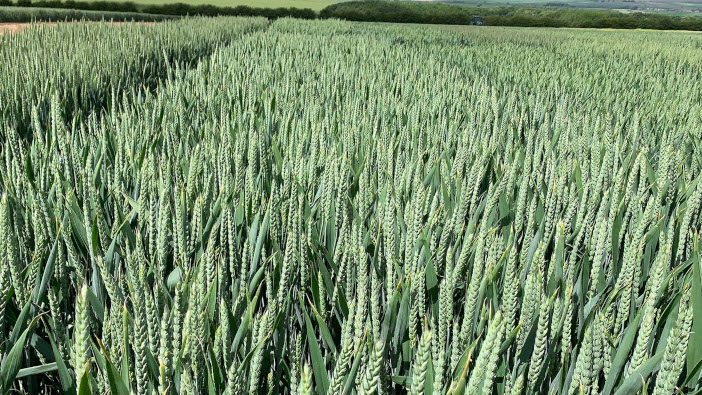Syngenta’s SY Cheer has been awarded full Group 1 milling status, with the company stating that it could hold strong appeal for those looking to reduce risks when growing wheat for breadmaking.
It’s one of only five Group 1 varieties to make the 2024/25 AHDB winter wheat Recommended List and was confirmed for milling status by UK Flour Millers.
According to Syngenta’s seeds technical manager Matthew Bull, the variety offers consistent yields across the country, while having no major weaknesses to common foliar diseases, including rust.
“The Group 1 winter wheat market hasn’t had a new recommended variety since 2017, and was in desperate need,” he says. “We see SY Cheer as a quality wheat made simple and expect it to gain significant interest, both from growers and millers.
“When grown for bread milling, its AHDB RL figure of 13% protein matches the threshold often required by millers. And its other quality characteristics on the independent AHDB RL, of 299 Hagberg and 79.5 kg/hl specific weight, far exceed the other typical requirements of 250 Hagberg and 76 kg/hl.
“Also for growers, SY Cheer brings disease resistance ratings of 7.4 against yellow rust and 6.0 against Septoria tritici on the AHDB RL, and 5.5 against brown rust. This balanced foliar disease resistance profile underpins its high and stable yields; it has the highest untreated yield figure among Group 1 varieties on the current AHDB winter wheat RL.”
Seeds portfolio marketing manager, Kathryn Hamlen, adds that the traits in SY Cheer could make it a potential breakthrough variety for growers.
“Over recent years the percentage of the UK wheat area planted with Group 1 varieties has dropped. Yet demand for Group 1 breadmaking wheat remains high. SY Cheer could reinvigorate the Group 1 market to help stabilise domestic production.
“We know that weather extremes can make achieving grain quality specifications a gamble. The high quality of SY Cheer will hopefully bring reassurance to growers. The wet 2023 harvest illustrated the importance of a variety with an inherently high Hagberg.
“Similarly, with unpredictable disease epidemics, its disease resistance ratings and high untreated yield should give reassurance. Rust can reduce both yield and quality.”
For more information go to www.syngenta.co.uk


